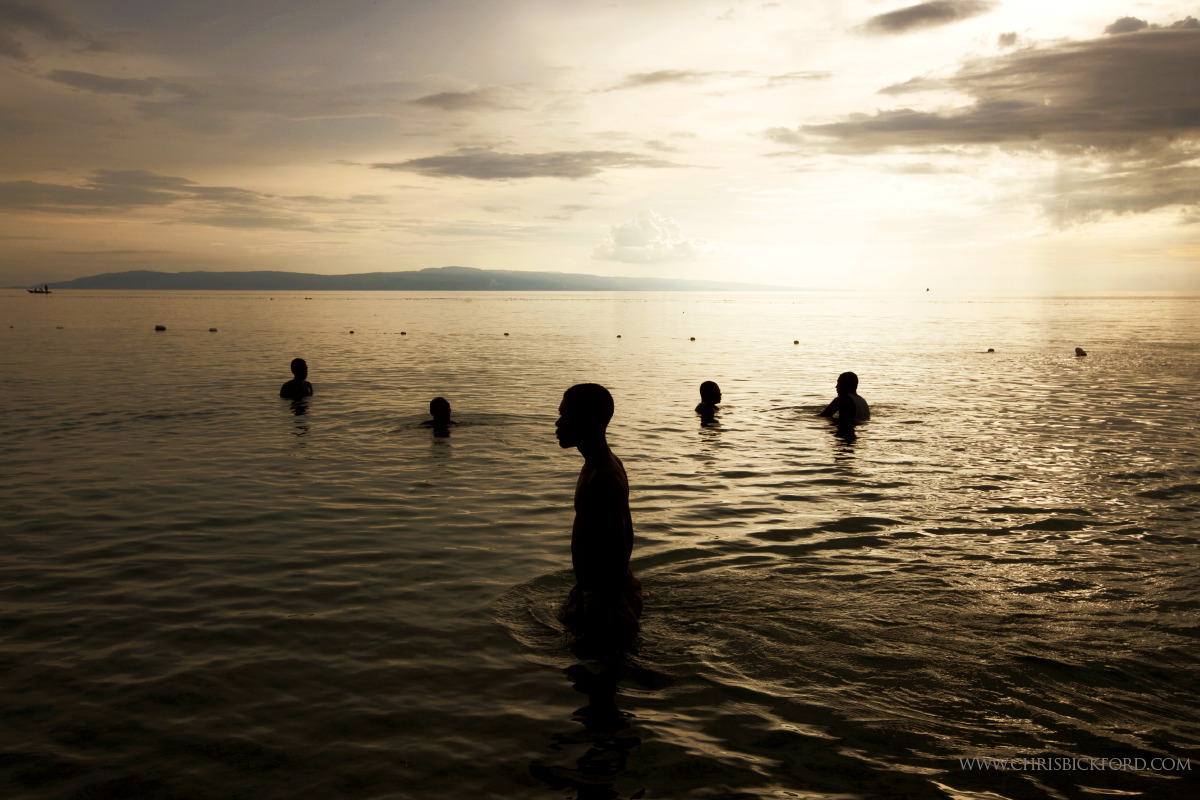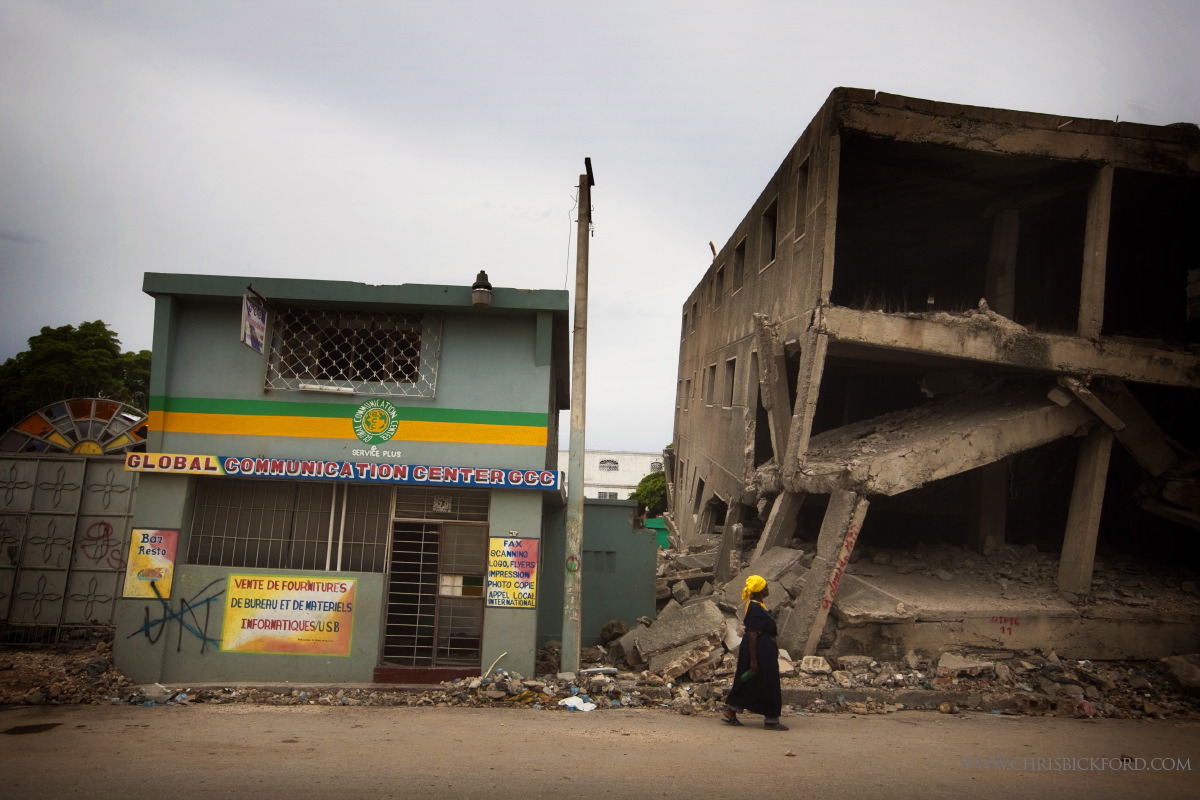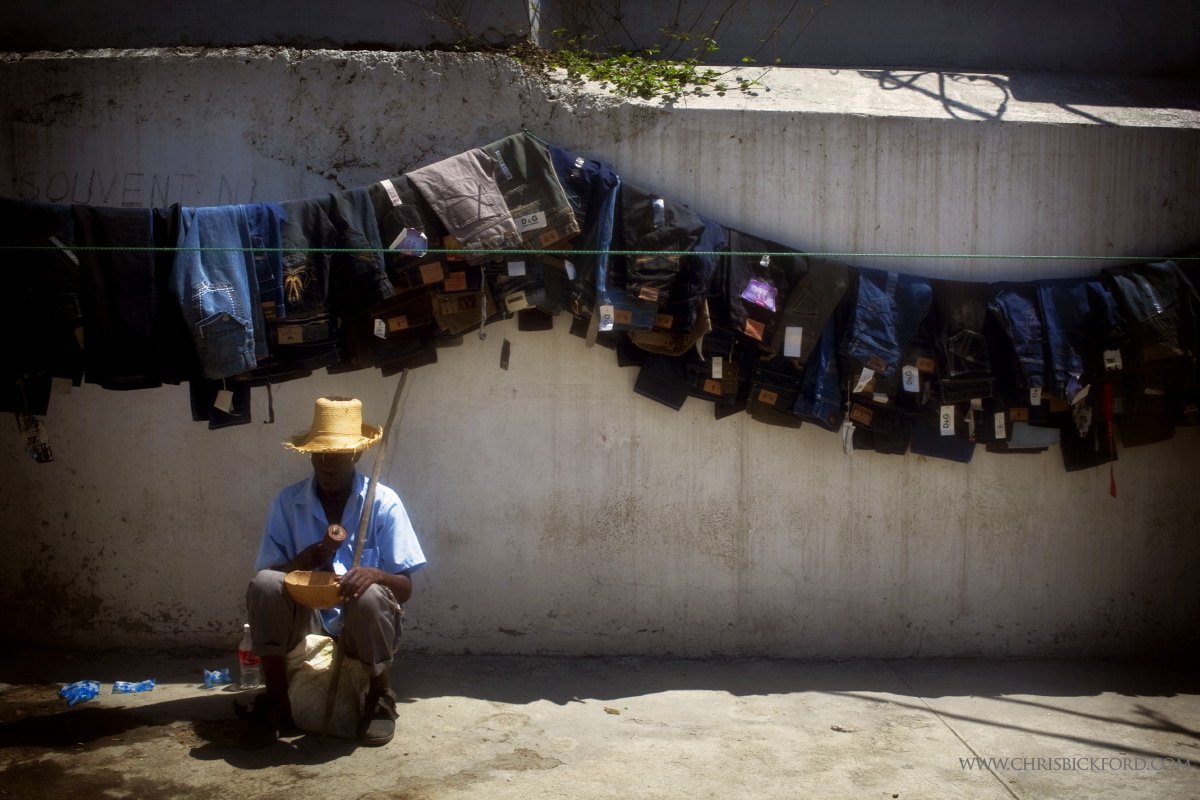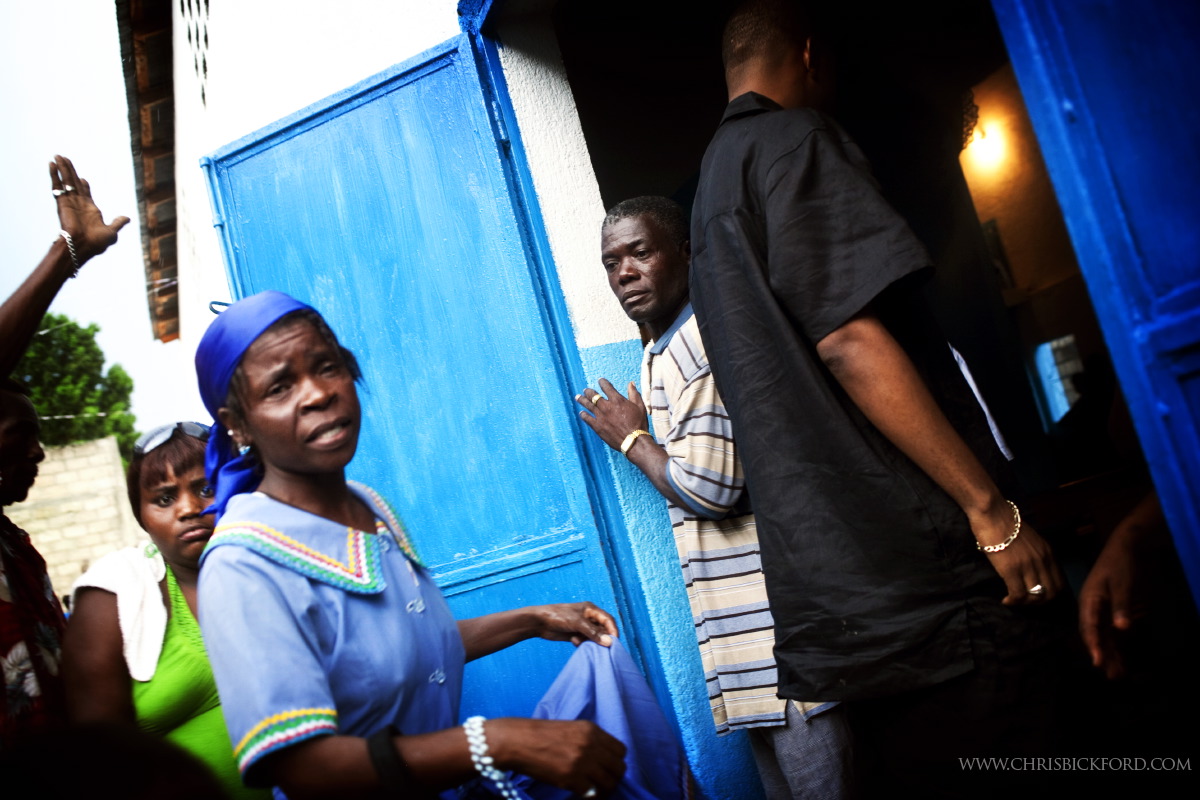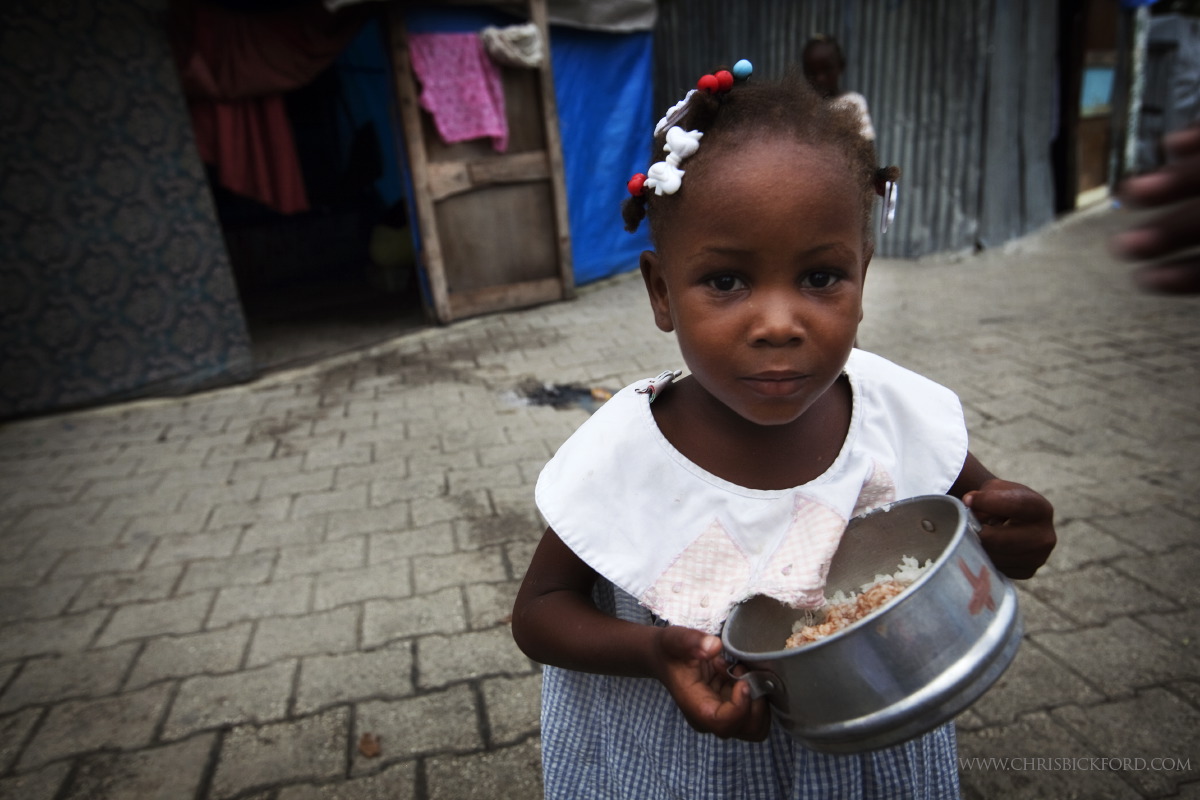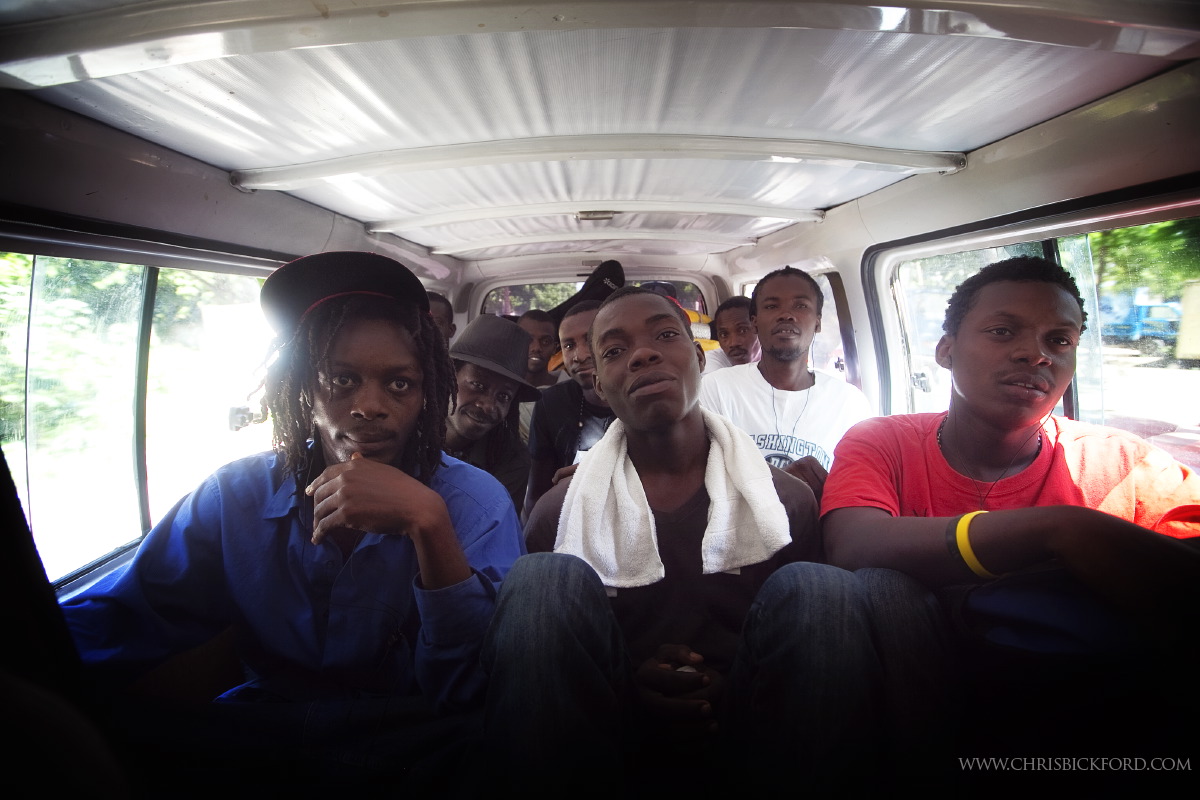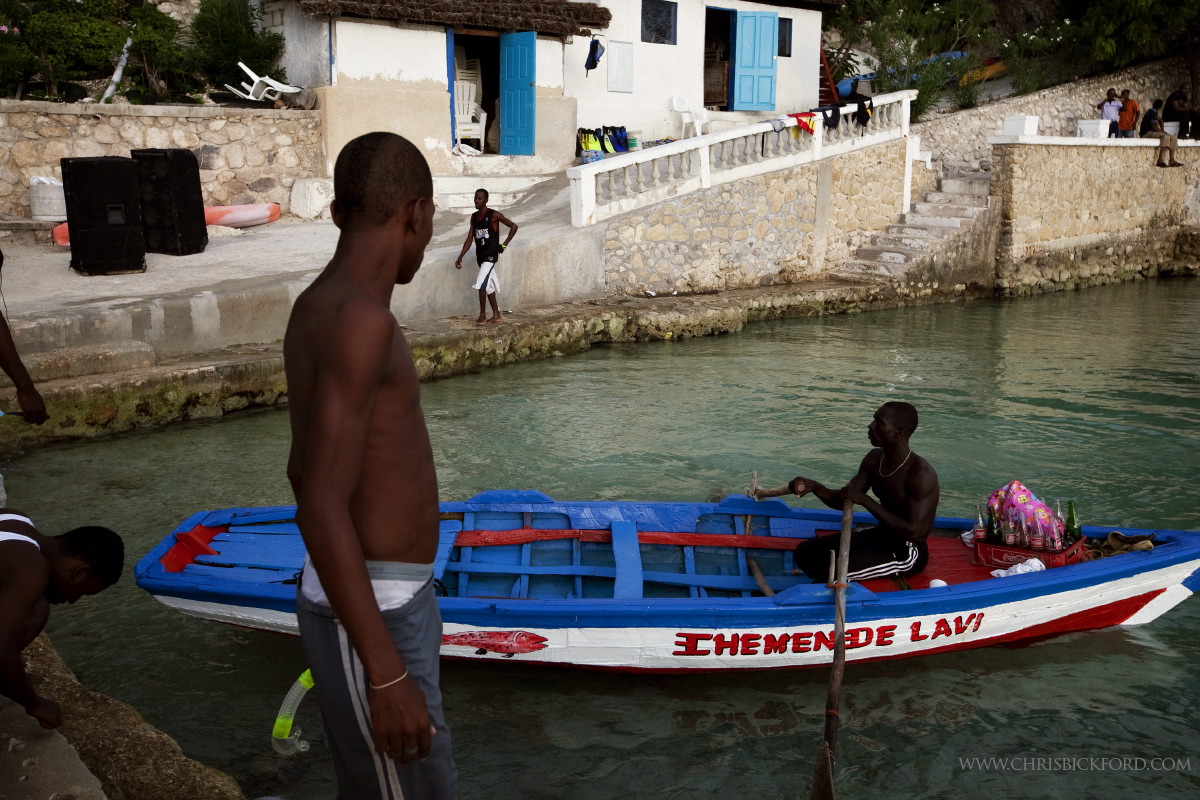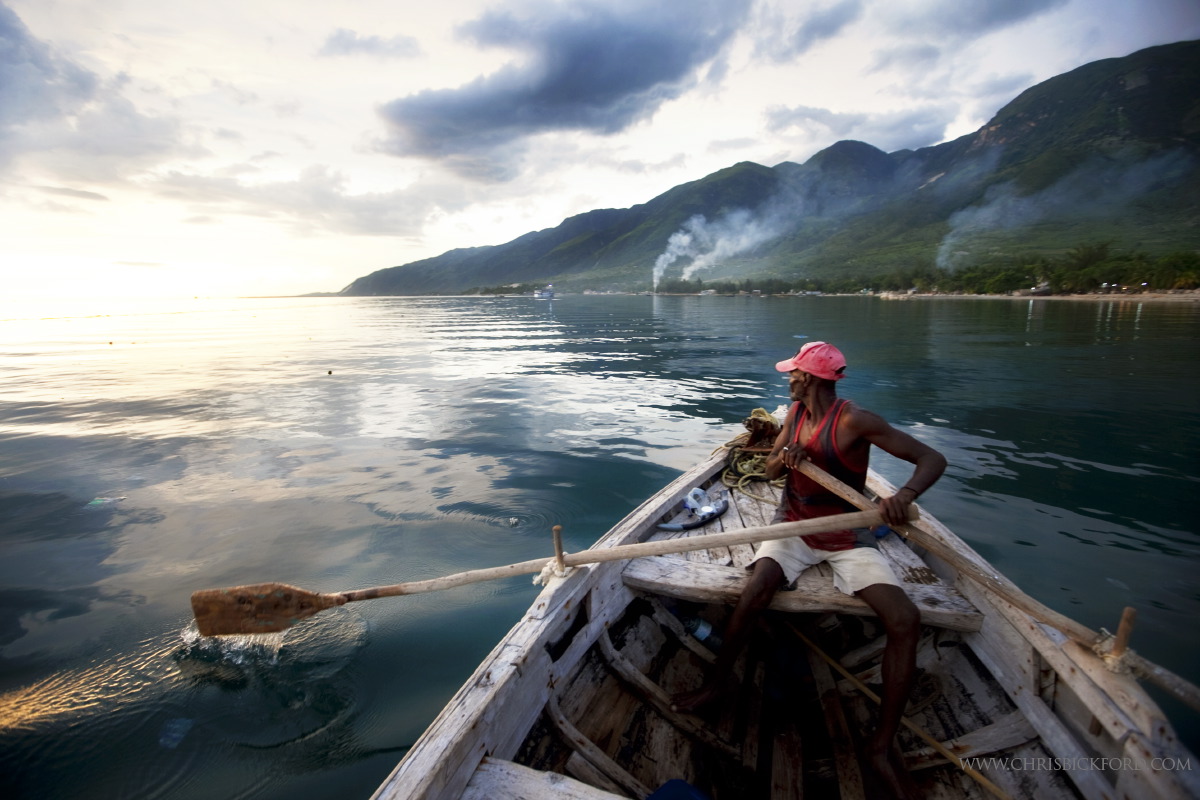AYITI: LIFE AMID THE RUBBLE
Based on assignment work in post-earthquake Haiti
It’s probably not the first time it’s been said, but it’s the first thing you need to know: Haiti will either steal, break, or harden your heart. You cannot leave the rickety wooden waiting area at Duvalier airport without a carry-on full of conflicting emotions and unanswered questions. Part of you will simply concede that you are leaving behind a nation beyond repair, a failed state, a hopeless situation. That there’s not much you can do about it, and you’d just as soon forget the whole thing.
And yet. And yet. You’ll keep remembering moments of magic among the madness, beauty amidst the squalor, and smiles in spite of great sadness; and it will haunt your thoughts and dreams. Heart hardened, you may push these memories as far back in your mind as you can, and do your best to carry on with your own life and your own first-world problems. Heart stolen, you may find yourself trying to figure out ways to get back; you’ll start looking into missions, aid programs, service organizations: anything that you can do to assist in the healing, however hopeless the situation. Heart broken, you have nothing to fear. No one wants to steal a broken heart anyway, and you will be right at home in a nation full of broken hearts, broken promises, broken buildings, a broken government, and a broken economic system.
But know this. Not everything in Haiti is broken. The resolve of the Haitian people to survive is strong, despite every disease, famine, hurricane, earthquake, and political misdeed that keeps them every day on the knife-edge of survival. The heart of the world’s first free black republic still beats out rhythms that reach far back into the mists of human history, as the ancient vodou drums sing from the tent cities and rubble-strewn townships. There is laughter and dancing amidst the painful memories and ubiquitous reminders of January’s tremblement de terre. There is dignity, there is faith, and there is a getting on with things. As Richard Morse, my host at the Hotel Oloffson and leader of the band RAM, often says, Haiti is a country of survivors, surviving.
And yet. And yet. The problems of Haiti are so deep, and corruption and poverty are so entrenched, that one wonders if things will ever turn around for the Haitian people. David Scull, my editor at the New York Times, who was in Haiti 15 years ago on assignment, remarked to me that it seems almost impossible for a people who have been locked in survival mode for so long to think or plan for a better future when it’s all they can do to get through each day, every day.
Americans like to fix things. We like to make things right; we like to show our magnanimity to the world. So we provide “aid” to Haiti, and a lot of it. We raise funds; we send missionaries, military units, NGO’s, food, and doctors; we set up camps. We sacrifice ourselves, our money, and our time, in hopes of doing good for a place that needs a lot of help. Some of it does indeed help, at least for a while. Some of our “aid”, however, comes with strings attached that serve to further erode the brittle economy and vulnerable cultural/religious heritage that keeps the country alive. Consider Bill Clinton’s dramatic restoration of ousted president Jean-Bertrand Aristide back in the 90’s, with all the might of the US Military pointing its guns at the former militiamen of an earlier dark regime, who had attempted to re-take the country. Clinton put the popular priest-president back in power, to the great joy of the Haitian people. But Clinton had conditions: Haiti had to do away with all of its tariffs and trade restrictions and become a part of his pet project, the North American Free Trade Agreement. Suddenly America was exporting US government-subsidized rice and other agricultural products to Haiti, at prices that dramatically undercut domestic produce. Haitian peasant farmers, unable to compete with US agribusiness, fled their small plots in the provinces to seek work in Port-au-Prince. And within years, as the provinces emptied out due to economic depression, a small stately city of some 700,000 became a sprawling slum of over 4 million, most of them jobless.
Things in Haiti seem to have gone from bad to worse, to a different kind of bad, to a different kind of worse, since, well, since the beginning. This January’s earthquake gave the ultimate insult to injury, as if the terrible hurricane of 2007 was not bad enough; as if a nation ever struggling to lift itself out from under tyrannical regimes, civil wars and a brutal and bloody history didn’t have enough to deal with. The country lies in rubble, large mounds of concrete lying over top of smaller bits of rocky soil which form the surface of a once-rich land which has been scraped dry of topsoil from three centuries of intensive sugar and rice farming. And in the process, the country has fallen into a cycle of dependency, relying on foreign aid and money sent home from family members of the ever-growing Haitian diaspora which has taken up roots in New York, Miami, and Santo Domingo.
It’s an overwhelming situation. To even conceive of making true positive change in Haiti requires huge vision. It requires a faith that one day there will be a convergence of great leadership, honest and dedicated diplomacy, long-term dedication, and aid which focuses on developing Haitian independence and self-determination.
Self-determination. It’s a magic word that means everything in these freedom-loving United States, but which often gets lost in translation as aid workers, government agencies, and disaster capitalists descend on the world’s conflict zones. We will feed them out of trucks; we will air-drop medical supplies and doctors on furlough; we will pass out condoms and nylon tarpaulins and bottles of water; but we always fall short of providing the people in these places with a pathway to self-sufficiency and independence. I spoke to a mission worker who was working on a number of projects to help Haitians gain control of their housing situations and learn to become better entrepreneurs. When I cited the oft-used adage, “Give a man a fish, he eats for a day; teach a man to fish and he eats for a lifetime,” he added, “Yes, but you can also show a man how to own the pond.”
Positive change in Haiti will require that those who help understand that Haiti has its own soul, its own culture, its own religion, and its own values. Not everything that works in America, or France, or Germany, will work in Haiti; and the country will eventually come to resent any attempts to steal its soul in exchange for economic prosperity.
I asked Richard Morse if there was anyone running for president right now in Haiti who had a real vision for Haiti’s future. He replied simply, “No, there’s nobody”. Then I asked him if he had a vision for Haiti’s future. “Sure, I have a vision. It’s simple. Rebuild the provinces. Forget Port-au-Prince. They need to get back to the provinces.”
Morse’s picture of a new Haiti imagines the peasant class repatriating their farmland, setting up strong community centers where people learn to read and write, have access to the internet, and are free to practice their own cultural and family traditions. He sees Haiti rebuilding strong rural communities in a 21st-century style. “Give them back the sickle and the hoe. That’s their heritage. That’s how they survived before we came in and fucked everything up. It’s a tradition they learned from their fathers, which they learned from their fathers, all the way back to the dawn of time. Bring that back.”
Morse envisions these communities reconnecting with their African roots, and developing modern agricultural lives that are both attuned to the modern world and yet satisfying and sustainable for the people who live there. “The only way you’re going to get people to stop leaving the country is to give them a reason to stay.”
Morse’s strategy runs in direct opposition to the Clinton Initiative, which basically involves giving money to the Haitian elite to build textile factories, which will create jobs for the lower class. In other words, more third-world sweatshops, based on the “trickle down” theory of Industrial Capitalism 101. For its efforts, the US will benefit from a new source of cheap foreign labor, and we will soon be wearing the Gap’s new “Made in Haiti” line, feeling we are doing something good for Haiti. Clinton’s Initiative, whether well-intended or not, is a typically American response to the problems of a foreign country: make them more like us. It boggles the mind to think that after more than two centuries of such Manifest Destiny diplomacy, US politicians still don’t see the arrogance, ineffectiveness, and ultimate detriment of such policies. Of course, it is in our own best self-interest–at least in the short term–to ignore the pitfalls of such policy. Imperial powers have always relied on cheaper goods and labor from foreign lands to fuel their prosperity.
But then again, who knows? There are a lot of people in Haiti who want to work. A LOT of people. I’m sure that if given the choice they’d gladly take a job sewing jeans for Banana Republic.
Still, I prefer Morse’s vision. I prefer the idea of a Haiti full of small, sustainable entrepreneurs, who control their own destiny and the means of production in their country. But part of me can smell the Euro-American Romanticism of the idea — the noble savages returning to their natural state. Haiti’s history is so much more complicated than that; and we are living in an industrial information age that is so far beyond the notion of self-sustaining agriculture that the very concept seems quaint and absurd. The hippies have been trying to get back to the land for years, but every year Apple comes out with a new iPhone, and Microsoft proclaims unabashedly, “Is this a great time or what?” The whole world drowns in user-generated media, and our chickens come pre-cooked in plastic boxes. So who are we to tell the Haitians to pick up their sickles and hoes and try to bring the parched, bare earth of their denuded countryside back to life?
There are containers in the harbor at Port-au-Prince, laden with medical supplies, food, and other relief items, stalled in customs disputes between the government and the charitable organizations who have arranged for and funded their delivery. The Haitian government, which immediately after January’s earthquake was eager to let these containers into the country to aid their people, now view these “imports” as a potential source of revenue. So they are levying tariffs upon the containers, even though they hold badly needed supplies which are being donated to the Haitian people for free. The tariffs are so high that some organizations are forced to leave the containers in customs rather than pay the tariffs, hoping to reach some kind of agreement with the Haitian government so that the items can clear customs and be distributed among the people.
Such is the somehow endless and insurmountable conundrum of the foreign-aid cycle: impoverished populations, corrupt and bankrupt governments, and languishing relief create an atmosphere of eternal triage, where little progress is ever made in addressing the problems of poverty at their roots and building self-sufficient communities. Though some work tirelessly for change, they are no match for the powers that rule the world and seek to preserve the status quo for their own benefit, while their spokespeople pay lip service to the concepts of “progress” and “equality”. The scenario is further complicated by the after-effects of centuries of human history, and by the repercussions of conquest, colonialism, and imperialism which have driven human relations since the invention of property. It’s a rock from under which we may never be able to crawl as a human society.
In Haiti and elsewhere, foreign corporations, NGO’s, and powerful governments such our own are vying for influence and opportunities in the brave new world of “disaster capitalism”, where devastated societies are rebuilt from the inside out according to capitalist models. As Naomi Klein put it in her introductory essay on the phenomenon back in 2005, disaster capitalism “uses the desperation and fear created by catastrophe to engage in radical social and economic engineering.” Wipe the slate clean of the byzantine ways of the old “failed state” and start fresh with spanking new factories, new uniforms, and planned communities. A new spin on an old tale: exploit and profit from it, and justify it with rhetoric about God or Democracy or “progress”…. Unfortunately it never really works the way the wizards behind the curtain envision it to work. It just causes more problems that eventually come back to bite us all in the ass, while in the short term a few people make a few billion dollars.
In its heyday as a tourist destination, during the time of my great-grandparents, Haiti was known as “The Pearl of the Antilles”. It was a beautiful piece of island, with endless bays and coves, white sand beaches, crystal blue Caribbean water, and elegant colonial architecture. While the 100-year-old black republic had never been wealthy, never stable, never free from the dark memories of its bloody revolution and its brutal slave past, it was still a beautiful, if somewhat mysterious, place.
400 years earlier, when Columbus discovered the island, it had been densely forested and home to the all-too-easily-conquered Taino Indians, who lived off its fertile seas and bountiful forests, wanting for nothing. But the conquering Spanish, and the French who followed them, did not see the island of Saint-Domingue as a tropical paradise worthy of a Jimmy Buffett song and a beachfront bar thatched with banana leaves. They were interested in only one thing: resources that could be turned into wealth to fuel empires. And while Columbus’s journey failed to provide an abbreviated passage to the Spice Islands of the east, and failed on the second front to produce gold, the Europeans quickly discovered the island’s latent talent: a perfect growing environment for Europe’s newest addiction, sugar. And so, to provide Marie Antoinette and the rest of the world with sweetener for their dumplings, profiterolles, tea and crumpets, the colonists and traders of Saint-Domingue shipped in thousands of slaves and cleared huge tracts of tropical forest to create one of the largest sugar-producing operations the world had ever seen. The work was brutal and labor-intensive, and the slaves were literally worked to death through 16-hour days and 7-day work weeks, with little food, clothing or shelter provided for them. Most slaves only lasted a few years before perishing, so there was a steady stream of new African labor to Haiti from the Kongo, the Senegalese coast, and from other African slave ports.
At the turn of the 19th century, after a long and bloody rebellion, the Haitians won their independence from France and became the first free Black republic in the new world, laying the seeds for black emancipation worldwide. But, ever fearful of the negro, Europe and the United States conspired to keep Haiti an impoverished pariah state, a policy that has continued to this day. A small elite of mixed-race aristocrats, who have held most of the power and wealth in the country, have shown little concern for their darker-skinned brethren, and have driven the country into the ground through shady deals with foreign investors and blatant corruption. Compounding this, the few blacks who have risen to power in Haiti have squandered their privileges, established brutal dictatorships, or been driven out in a sad cycle of coup d’etats.
Our attitudes towards race and equality may or may not have progressed over the centuries; but in Haiti the damage of hundreds of years of oppression has been done, and, as the people know all too well, the strange complications of their history and the overwhelming extent of their condition have become culturally embedded in the national psyche, to the extent that suffering, survival, corruption, and despair constitute the baseline of the “normal” in Haitian culture.
The great shame in all of this is that underneath the politics, poverty, and disaster porn, there is a beating heart full of magic and music in Haiti. A heart full of fantastical artwork, mesmerizing Vodou ritual, soul-shaking rhythms, and joyful dancing. And if the Haitian republic were only allowed to thrive, whether through acts of politics, aid, planning, or providence, we just might see an explosion of culture that could help revive our jaded world with a much-needed injection of heart, soul, and belief in the resilience of humankind.
Maybe that’s too much to ask for, and too much to expect. But it’s not too much to dream, and to hope, and to pray. It’s preferable in my mind at least to a slum-lord world of sweatshops, workers wearing red t-shirts with company logos on them, churning out cheap goods for the world’s disposable consumer economy, and half the country still living in tents.
This is probably where I should throw in some inspirational quote from Ghandi or Mandela or Margaret Meade, but in the end I must plead a certain agnosticism and uncertainty about the world we live in. I look at my own country and think, what hope does Haiti have when the great “United” States is sinking into its own pit of anger and dissatisfaction, and partisan factions are tearing apart the fabric of democracy with endless bickering, mudslinging, and fearmongering? The future seems a little bleak, for all of us. But I suppose the lesson we can learn from Haiti, is just this: survive, and live to see your offspring survive. All else can be sorted out in time.



